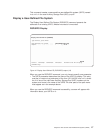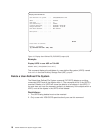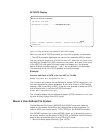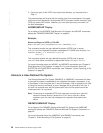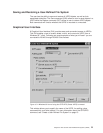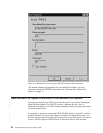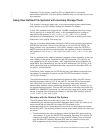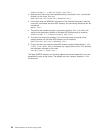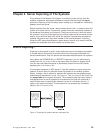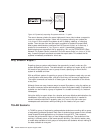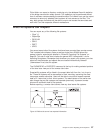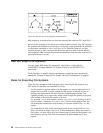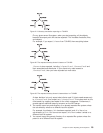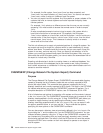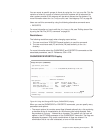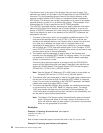
Chapter 4. Server Exporting of File Systems
A key feature of the Network File System is its ability to make various local file
systems, directories, and objects available to remote clients through the export
command. Exporting is the first major step in setting up a “transparent” relationship
between client and server.
Before exporting from the server, remote clients cannot “see” or access a given file
system on the local server. Furthermore, remote clients are completely unaware of
the existence file systems on the server. Clients cannot mount or work with server
file systems in any way. After exporting, the clients authorized by the server will be
able to mount and then work with server file systems. Exported and mounted file
systems will perform as if they were located on the local workstation. Exporting
allows the NFS server administrator a great range of control as to exactly what file
systems are accessible and which clients can access them.
What is Exporting?
Exporting is the process by which users make local server file systems accessible
to remote clients. Assuming that remote clients have the proper authorities and
access identifications, they can see as well as access exported server file systems.
Using either the CHGNFSEXP or EXPORTFS command, you can add directory
names from the /etc/exports file to the export table for export to remote clients.
You can also use these commands to dynamically export from the NFS server,
bypassing the /etc/exports file.
A host system becomes an NFS server if it has file systems to export across the
network. A server does not advertise these file systems to all network systems.
Rather, it keeps a list of options for exported file systems and associated access
authorities and restrictions in a file, /etc/exports. The /etc/exports file is built into
the export table by the export command. The command reads the export options
and applies them to the file systems to be exported at the time the command is
used. Another way of exporting file systems is to do so individually with the “-I”
option of the export command. This command will not process any information
stored in the /etc/exports file.
Figure 17. Exporting file systems with the /etc/exports file
© Copyright IBM Corp. 1997, 1999 25



